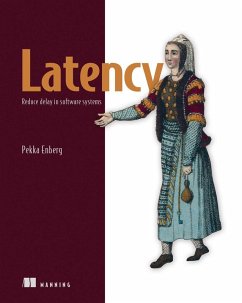Slow responses can kill good software. Whether itâ s recovering microseconds lost while routing messages on a server or speeding up page loads that keep users waiting, finding and fixing latency can be a frustrating part of your work as a developer. This one-of-a-kind book shows you how to spot, understand, and respond to latency wherever it appears in your applications and infrastructure.
Bitte wählen Sie Ihr Anliegen aus.
Rechnungen
Retourenschein anfordern
Bestellstatus
Storno

